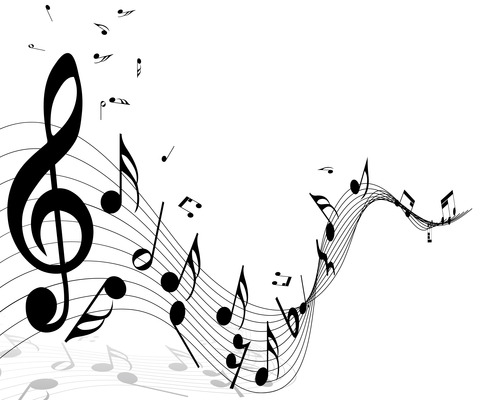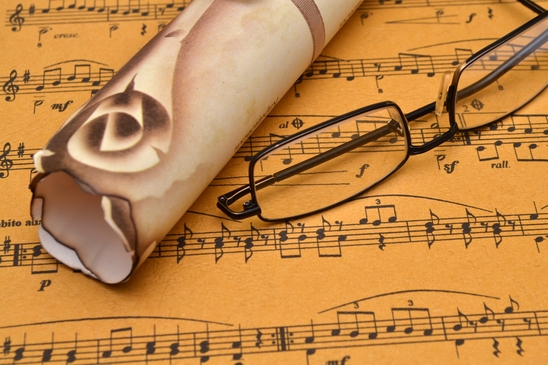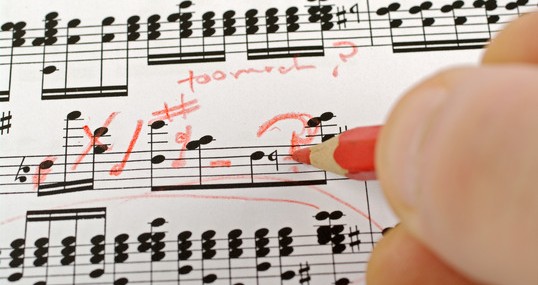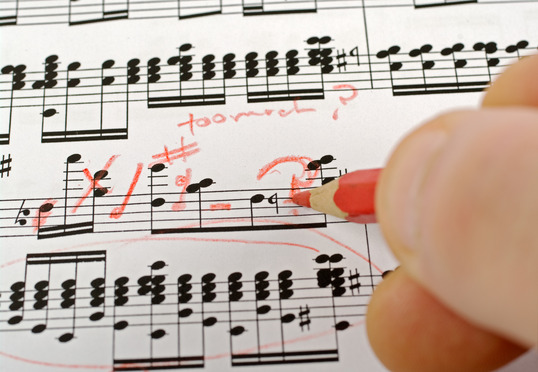As an adult, we have different reasons for doing things. When kids play the piano, for the most part its because mom and dad sign them up for lessons. It becomes a part of the routine; one they may grumble about but do anyway because it’s a part of the schedule.
Yet for adults, when we take on new projects, its because of a long desire we have to improve ourselves, or to try a new talent we wish we would have had before.
Playing the piano isn’t solely about sitting down at the keyboard and banging on notes. Instead, its about developing a stronger connection to music, both appreciating it and creating it.
Becoming a better piano player isn’t just about playing music, its also about understanding music as well. And there are several approaches you can take that will help you become a better piano player overall.
1. Start With Music Theory
Playing the piano isn’t just about putting a few notes together. Instead, there’s an artform to understanding how music is performed. Music theory helps you connect chords that sound good together, and helps you understand the direction a song should take next. It helps you see patterns in the way music progresses; understand and recognize key signatures, intervals and progressions. It changes your piano playing from just tinkering with the notes, to creating sound because it works together.
2. Take Lessons
It seems like an obvious thing to say, but lessons are one of the key ways to help you improve. By hiring a piano instructor, you will learn not just how to play a song, but the theory behind playing the piano. You will learn correct hand placement, correct posture, and how to set goals and deadlines to stay on track. If you’re really serious about playing the piano, its really the only way to improve.
3. Practice, Practice, Practice
With every new task you choose to put into your life, the only way to get better at it is to practice. But don’t just practice for practices sake; spend the time to improve what you’re playing as well. Don’t just go through a song quickly to say you’ve played it. Concentrate on the notes. Slow the song down to make sure you are playing all of the nuances located in the song. Make sure you understand how its supposed to be played, and what you may be missing along the way. Find a tempo where you can really hear yourself play, and become comfortable with what you are playing. Focus in on doing it right, not just for the sake of doing it.
Many of the great masters play the same songs over and over again. They improve it, get better at it, change things along the way. They know there is always room for improvement; always a way to make something better. Plus the more you know a song, the more you can have fun with it. You can add things because you understand how they will sound when you do it. You can have fun for the sake of being better at what you do … playing the piano!
Playing the piano is above all fun. As long as you are having fun at what you do, there will always be ways to bring more enjoyment out of life. Stick with it, and learn to become the best piano player you can be. It’s a gift that will last a lifetime.


 Piano playing can improve focus. We have all heard the phrase: “Practice makes perfect.” That much practice requires focus and commitment. If your child is going to excel at playing the piano, they will also become much better at channeling their attention, they will learn to build their focus.
Piano playing can improve focus. We have all heard the phrase: “Practice makes perfect.” That much practice requires focus and commitment. If your child is going to excel at playing the piano, they will also become much better at channeling their attention, they will learn to build their focus.




 Start With A Melody
Start With A Melody

